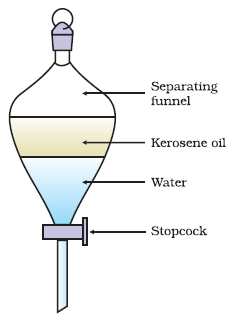Precision
Degree of exactness to which a measurement can be reproduced
Limited by the finest division on its scale
Accuracy
Agreement of a particular value with the true value
Significant Figures (SF)
There are 5 rules about significant figures:
1. Non-zero digits are always significant.
Eg. 1285- 4SF
2. Zeros between two non- zero numbers are significant.
Eg. 809- 3SF
3. Zeros at the beginning of a number are never significant.
Eg. 0.02- 1SF
4. Zeros that fall at the end of a number and after the decimal point are always significant.
Eg.6.100- 4SF
5. Zeros at the end are Ambiguous, they are not considered significant unless there is a decimal that follows it.
Eg. 600-1SF
Eg. 320.- 3SF





